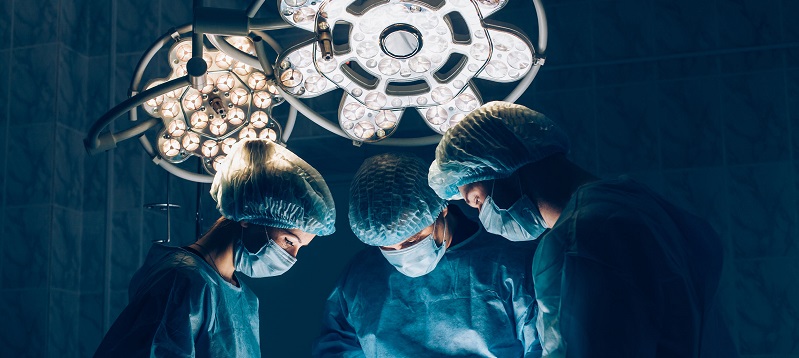How To Reduce Your Risk Of A Spinal Fusion Non-Union
Category: Back Pain | Author: Stefano Sinicropi

During a spinal fusion procedure, the surgeon will typically use a bone graft or similar method to fuse two adjacent vertebrae together. This process helps to limit mobility at a specific spinal section, but the fusion doesn’t happen completely during the surgical procedure. In fact, it can take years for the bones to fully fuse with one another, and in rare instances, this union doesn’t occur as expected.
When this happens, it’s known as a non-union, and it usually requires additional treatment or a second surgery to address. And while you can’t completely prevent the possibility of a fusion non-union, there are some risk factors that you can work to control to improve the likelihood of a successful fusion. In today’s blog, we share some tips for increasing your likelihood of a successful spinal fusion union.
Spinal Fusion Non-Union Risk Factors
Here’s a closer look at some of the factors that have been medically proven to negatively affect your fusion non-union risk.
- Smoking – Smoking causes problems for all types of spinal surgeries, including the fusion procedure. Smoking and tobacco use can affect your circulatory system, reducing the amount of healthy, oxygenated blood that is being brought to the back. Your spine needs all the healthy blood it can get to promote adequate healing and fusion, and smoking is a direct threat to your circulatory system.
- Obesity – Being overweight or obese may be one of the reasons why you need a spinal fusion procedure in the first place, but it’s imperative that you work to prioritize your health and your weight in the wake of the procedure. Being heavier can put more strain on your spine, which can complicate matters while your bone graft is working hard to fuse two vertebrae together. Losing just a little weight can end up taking a lot of strain off your spine and it can provide a more ideal environment for the bone union to take place.
- Vitamin D Deficiency – Vitamin D helps your body produce new bone to replace worn bone or to aid in the fusion process, so it’s incredibly important that you are mindful to increase your Vitamin D intake both before and after your fusion procedure. Milk, fatty fish, yogurt, cereal and orange juice fortified with Vitamin D are all great sources of the vitamin. If you are concerned about your Vitamin D intake, talk to your spine specialist about your supplement options.
- Infection – A final threat to your vertebral union is an infection. An infection can threaten the integrity of your entire spinal column, so you need to follow your doctor’s instructions for changing your dressings and reducing your risk of an infection. Pursuing a minimally invasive fusion procedure can also help you lower your risk of an infection, and you’ll have smaller incisions that will close faster than one larger incision. Dr. Sinicropi is well-versed in the minimally invasive fusion techniques, and he would be more than happy to do everything in his power to reduce the likelihood that an infection would jeopardize your vertebral union.
If you want to learn more about the spinal fusion procedure, or you’re looking for answers to questions you have about a different back issue, reach out to Dr. Sinicropi and the team at The Midwest Spine & Brain Institute today at (651) 430-3800.